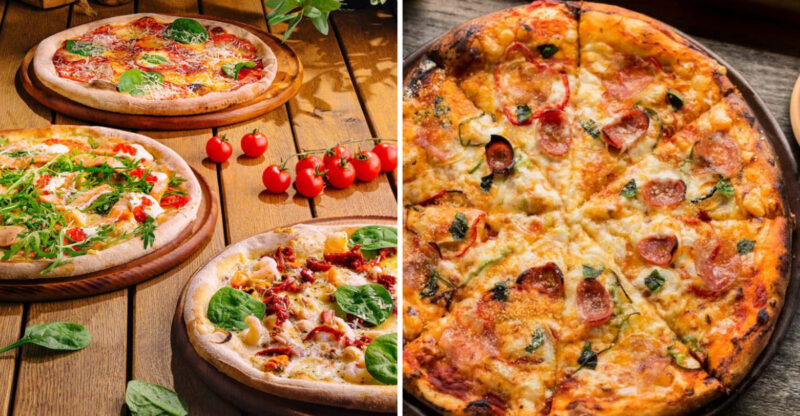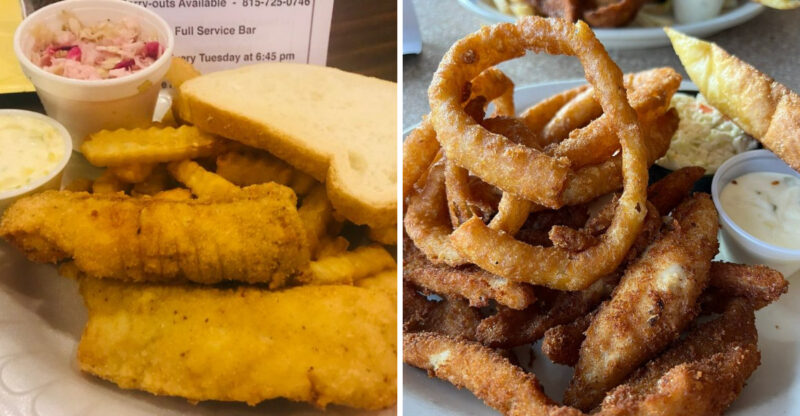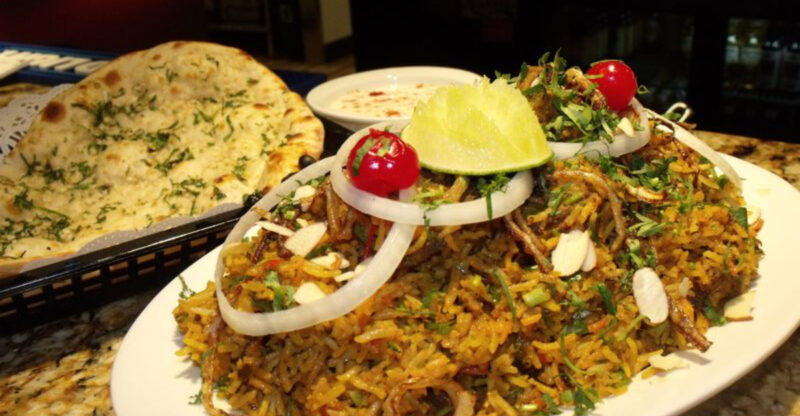Pennsylvania Dinner Table Traditions From The 1960s That Would Stun Today’s Kids

Pennsylvania dinner tables in the 1960s looked nothing like what families gather around today. Back then, meals came with unspoken rules about manners, respect, and timing that shaped every bite.
Kids learned patience, elders received honor, and everyone knew their role at the table. If modern children could time-travel to those kitchens, they’d be amazed at how formal and structured mealtime used to be.
Serving Elders First

Grandma and Grandpa always filled their plates before anyone else could reach for the serving spoons. Children sat with empty plates, watching and waiting until every elder had taken their portions.
This practice taught respect and patience in a way no lecture ever could. Today’s kids might find it odd to delay gratification, but back then it was simply how things worked at every meal.
No Elbows On The Table
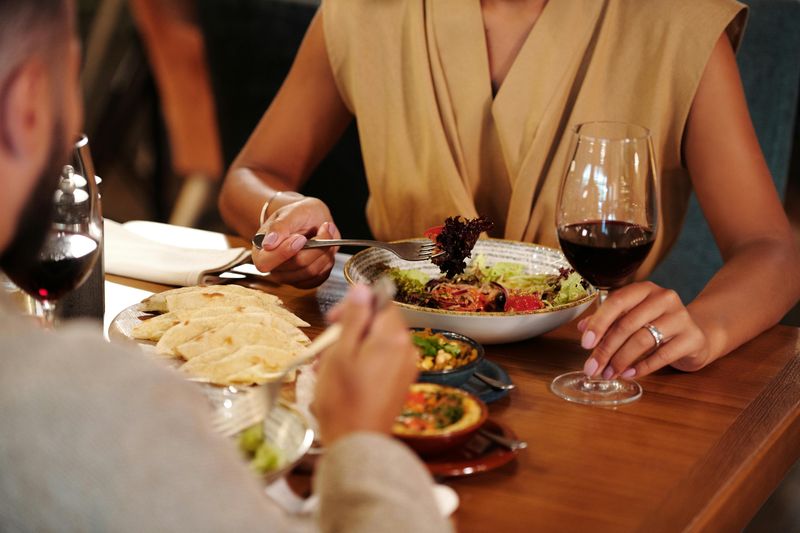
Elbows belonged in laps, not propped up on the tablecloth. Parents kept a watchful eye, ready to gently correct any slouching or leaning that crept into a child’s posture.
Good manners meant sitting up straight and keeping arms where they belonged. Modern families often relax these rules, but in the sixties, proper posture showed respect for the meal and everyone sharing it.
Use Of Good China For Special Meals
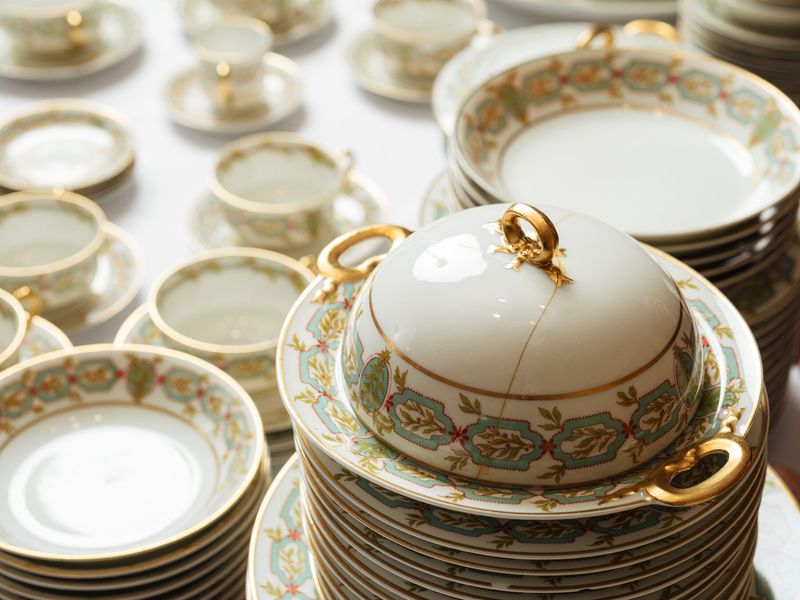
Delicate porcelain plates came out of the cabinet only when the occasion called for something extra. Birthdays, holidays, and Sunday dinners earned the good china, while everyday meals stuck with sturdier dishes.
Handling these fragile pieces taught kids to move carefully and appreciate special moments. The ritual of setting the table with heirloom dishes made ordinary gatherings feel important and memorable.
No Talking With Mouth Full

Conversations paused the moment food entered someone’s mouth. Speaking while chewing was considered rude and disrespectful to whoever prepared the meal.
Kids learned to take small bites so they could rejoin discussions quickly. This rule kept mealtimes orderly and showed appreciation for the cook’s hard work, something that feels almost forgotten in today’s fast-paced, casual dining culture where multitasking dominates.
Passing Dishes Counterclockwise With Both Hands
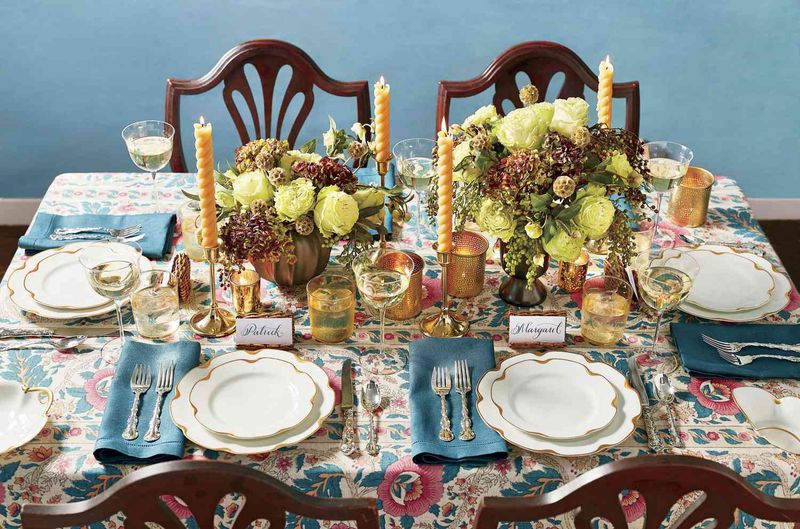
Food bowls and platters traveled around the table in one direction only, always moving to the right. Using both hands showed care and prevented spills.
This choreographed approach kept things orderly and ensured everyone got their turn without confusion. Modern families might grab whatever’s closest, but back then, the system mattered as much as the food itself, creating rhythm and predictability.
Soup Served Before The Main Course
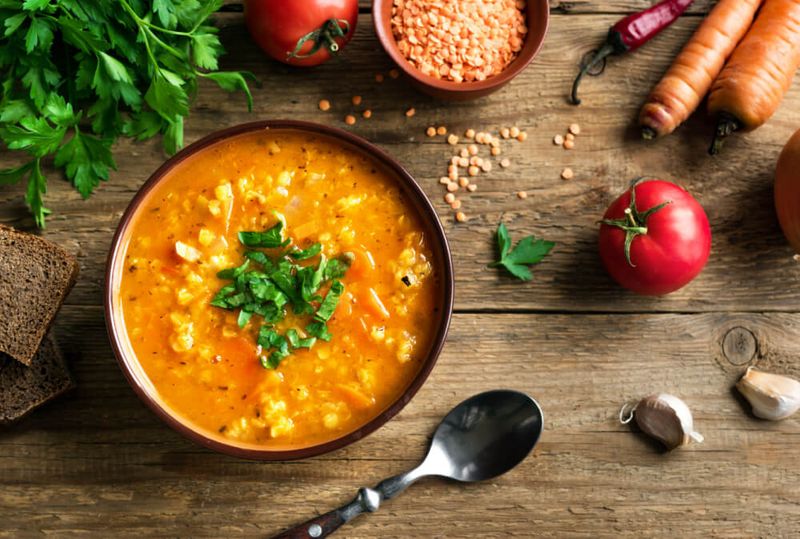
Meals started with a steaming bowl of soup, never the main dish. Families sat down to chicken noodle or vegetable broth before touching the roast or casserole.
This multi-course approach stretched out dinnertime and added formality to the experience. Kids today might find it strange to wait through multiple stages, but it taught patience and made each part of the meal feel deliberate and valued.
Potatoes As A Table Necessity
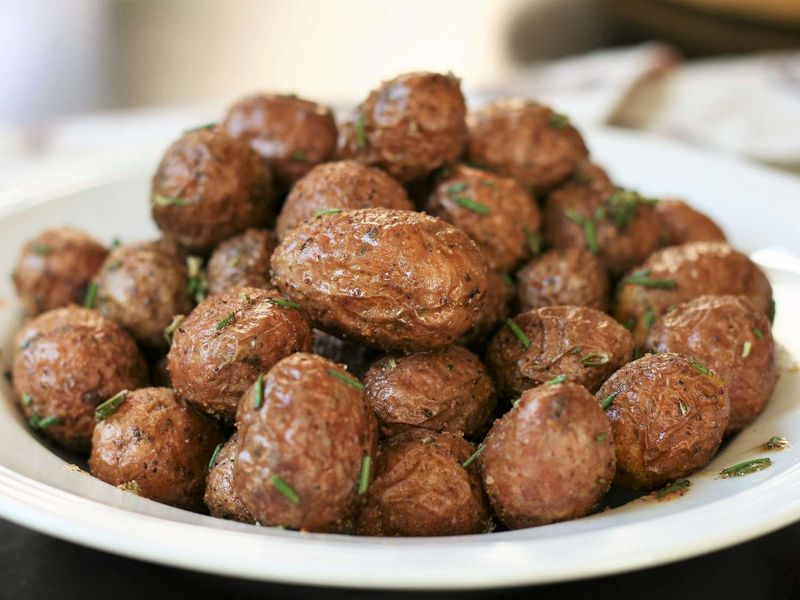
Every single meal included potatoes in some form. Mashed, boiled, fried, or baked, they anchored the plate and filled bellies reliably.
Families counted on this starchy staple to stretch budgets and satisfy appetites. Today’s carb-conscious culture might question this daily devotion, but back then, a meal without potatoes felt incomplete and almost unthinkable to Pennsylvania households across the state.
Resting Roasts Before Carving
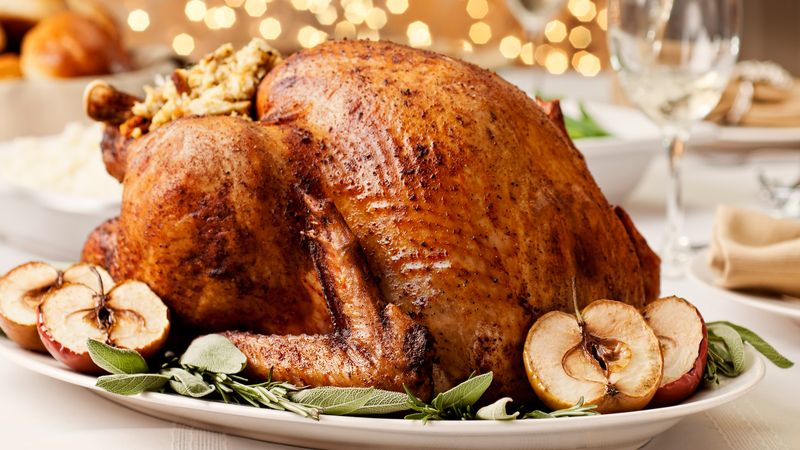
Once the roast came out of the oven, it sat untouched for several minutes. Dad stood guard, knife in hand, waiting for the right moment to carve.
This resting period kept the juices inside, making every slice tender and flavorful. Hungry kids fidgeted and watched the clock, learning that good food requires patience and that rushing ruins the reward of careful preparation.
Dessert Served Only After All Vegetables Are Cleared
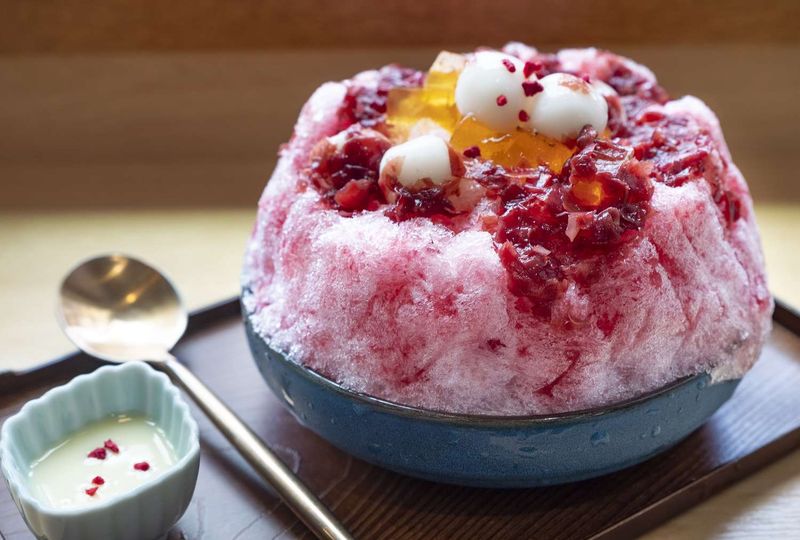
Pie and cake stayed hidden until every green bean and carrot disappeared from plates. Parents enforced this rule without negotiation, making vegetables non-negotiable.
Kids couldn’t sweet-talk their way to dessert without finishing the healthy stuff first. This system promoted balanced eating and taught that treats come after responsibilities, a lesson that feels less common in today’s snack-anytime culture where boundaries blur.
Molasses Or Shoofly Pie For Breakfast Or Dessert

Sweet, sticky shoofly pie appeared at breakfast just as often as it did after dinner. Families saw no problem starting the day with molasses-rich dessert alongside their eggs.
This flexible approach to pie consumption might shock health-conscious parents today. Back then, filling food was filling food, and the line between breakfast and dessert felt much less rigid than modern nutrition guidelines would ever allow.
Lebanon Bologna As An Evening Snack

Thin slices of smoky Lebanon bologna showed up at dinner, not just in sandwiches. This tangy, cured meat added savory punch to evening meals.
Families sliced it fresh and passed it around like any other side dish. Today’s kids might recognize it as a specialty item, but back then it was everyday fare, reflecting Pennsylvania’s German heritage and love for preserved meats throughout the region.
Wet Vs Dry Bottom Shoofly Pie Debates

Family gatherings sparked passionate arguments over which shoofly pie style reigned supreme. Some swore by the gooey, molasses-heavy wet bottom, while others defended the cakey dry version.
These debates never reached resolution, but they brought laughter and tradition to the table. Modern kids might not understand fighting over pie texture, but back then, these friendly disputes connected generations and kept culinary traditions alive.
Hog Maw Or Cabbage Rolls As Centerpieces

Stuffed pig stomach took center stage at holiday tables, filled with sausage, potatoes, and cabbage. Alternatively, cabbage rolls wrapped around savory meat and rice filled the same honored spot.
These dishes symbolized abundance and heritage, even if they sound unusual today. Kids growing up with these traditions never questioned them, but modern children might need convincing to try something so unfamiliar and culturally specific.
Sunday Potluck-Style Meat & Three Rotation
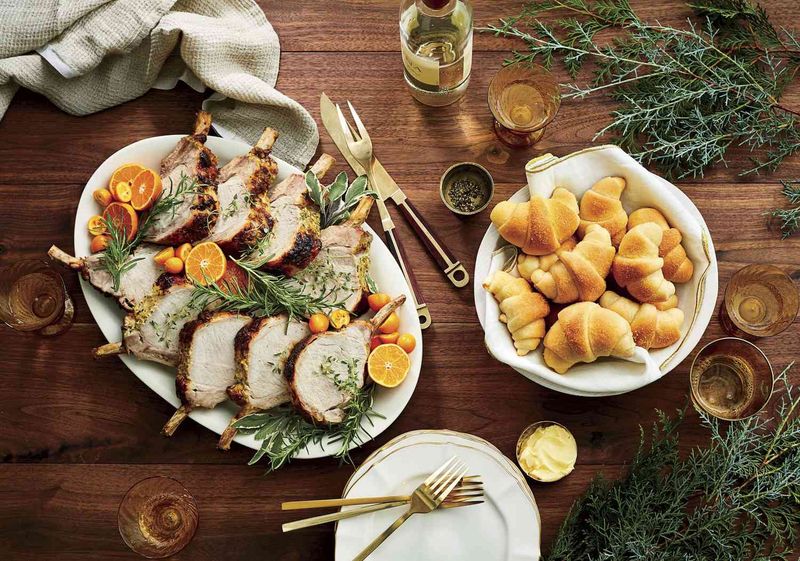
Church let out and everyone headed straight home to pull together a feast. Each family member brought something to the table, whether it was a roasted chicken, mashed potatoes, or green beans from the garden.
This rotation meant no single person shouldered all the cooking. Kids looked forward to seeing what cousins and aunts would bring, turning dinner into an event full of surprises and shared effort.
Red Beet Eggs Or Pickled Eggs As Table Garnish
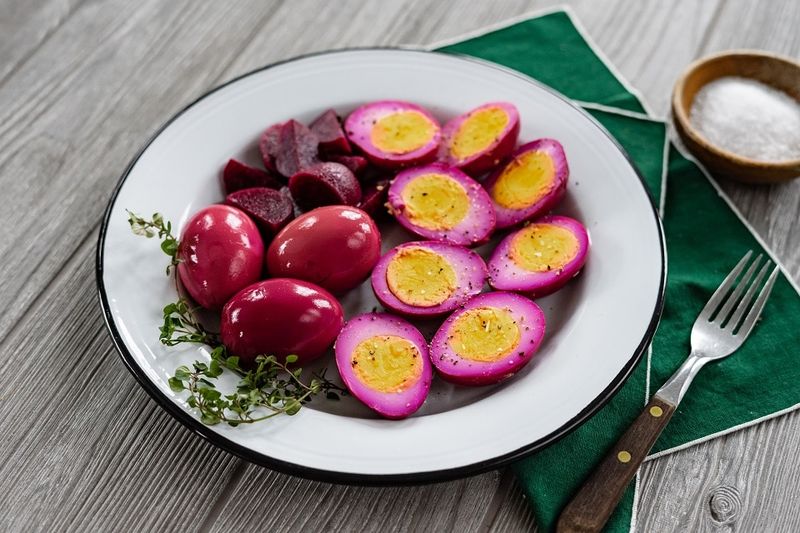
Bright magenta eggs stained with beet juice sat on the table like edible decorations. These tangy, pickled treats added color and flavor to every meal.
Kids either loved them or avoided them completely, but they always appeared at family gatherings. Today’s children might find the intense color and vinegar taste strange, but back then, these eggs represented Pennsylvania Dutch tradition and culinary resourcefulness.
Saying Grace Before Every Meal
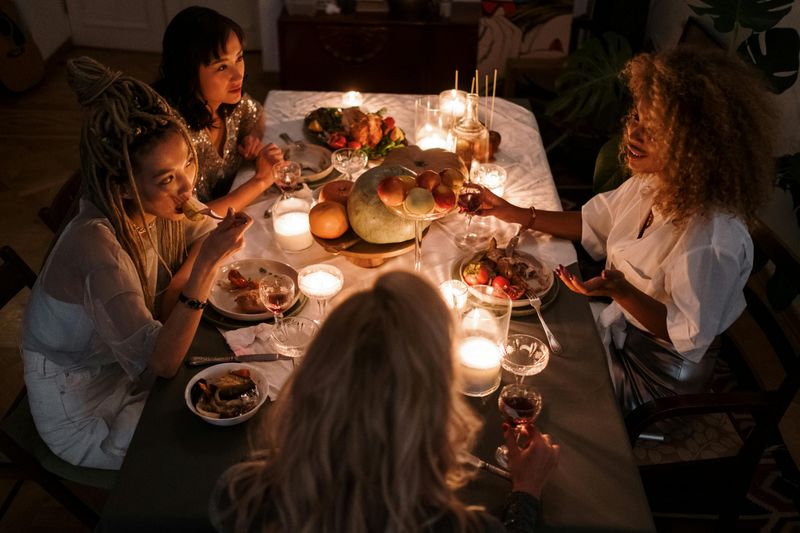
Forks stayed still until someone said grace. Families bowed heads, held hands, and offered thanks before touching a single bite.
This ritual brought a moment of stillness and gratitude to every meal. Modern families might skip this tradition or practice it less formally, but in the sixties, starting without prayer felt disrespectful and unthinkable to most Pennsylvania households across all denominations.
Children Asking to Be Excused
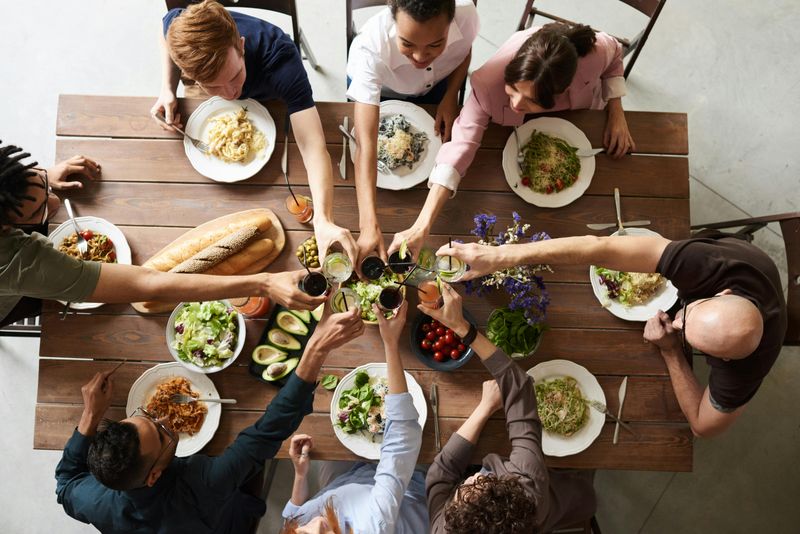
Leaving the table required permission, not just an empty plate. Kids asked politely if they could be excused before standing up.
This rule taught respect for family time and prevented children from rushing off mid-meal. Today’s casual approach might let kids wander freely, but back then, mealtimes had clear beginnings and endings, and children learned to honor those boundaries consistently.




